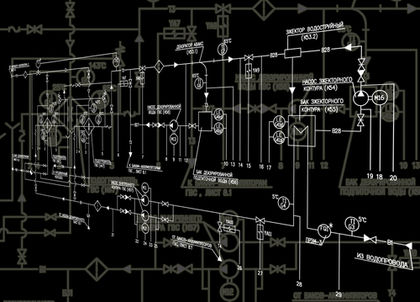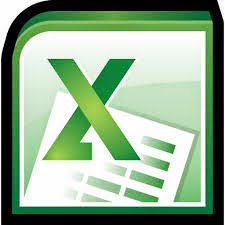Do you rely on a calendar? Do you log completed tasks? Set appointments into the future? I think I know the answer to that. I know I certainly do all three. (Google calendar works awesome for this in most ways). Time is pretty interesting to think about when you slow down to visualize it in different manners... let me crack open this can on ya today:
So we look at time in terms of increments, using the resolution that is "useful" for the context. The finer the resolution (increment) the harder it is to manage the calculation. I was going to draw an example here.. but just visualize it's at this moment 8am 9/26/14, and that means we are less than 4 months away from New Years Day. It's less natural to consider that there is about 2320 hours remaining left in the year, less useful perhaps...
Equally let's say you had a meeting on 1/1/13 at 6am. First, good for you working on a holiday. Second, it's probably easier and more useful to think in terms of Month and Year... rather than 54713369 seconds ago when visualizing the time frame.
So where do we draw the line on these useful increments? I enjoy 15 minute increments when working on small tasks... it seems to be enough time to get going on something with small ramp-up time... It forces me to break down larger tasks in to "sprints" as well.. which provides more flexibility and clarity. Even so, I don't think in terms of 4 increments in an hour as easy as say the hour increment. It's more natural to think of 24 hours in a day than 96 incs. And when I think of dinner on Sunday night, I visualize in terms of days not hours. [Side note: I started to think about this a bit more and as I did I realized something, this may be related to age. How is it that the only clock I see consistently chiming on the 15s is a "grandfather clock"? So many questions as to why this is haha. Society? Pace of life? Different generation norms? You paid so much for a clock it needs to do more than just chime on the hour?]
I bring all this up because I'm working on a database system that requires interaction with time. Time is a line: past-> present-> future->. I like to serialize the time as 2014/09/26 unlike typical US or World which prefer 09/26/2014 and 26/09/2014. Apparently the computer likes my way better as well... well until Y10k....prepare for the end now! Anyways, I got to thinking about this more and realize that current clocks, calendars, and standard increments that everyone go by are just the accepted norms... but maybe not the most effective norms. Not only that but is it beneficial to think in higher time resolution consistently even if it's only 1 degree higher than normal? Is it for example better to visualize 30 min incs rather than 1 hour incs WHEN your mind defaults to hours? Is it useful to consider 24 hours WHEN your mind defaults to day?
Back to the database system:
When considering past events and logging data, the computer can be as precise as we require. This is awesome because it allows us to interpret the data however we desire at what ever increment is desired.
When planning for the future, we look to our calendar and plan ahead in terms of days, weeks, months, or years.
When visualize present time, I want to touch on a subject we have discussed before. A lot of this comes from one of my day trading mentors, Elder Alexander, who in his book "Come Into My Trading Room", recommended analyzing your market on 3 different time increments. He recommended this because of the indications the different perspectives offered. He liked the powers of 5 because it worked out that looking at 1 month chart bars could be divided by 5 to provide approx weekly increments which divided by 5 again would yield daily increments. Each increment contained a different key to the message that he was looking for, "is the price going higher or lower?". It went further than price and deeper into psychology of the group mentality of the other traders, but that is another topic. So in a similar manner I have began to think about time in a different manner than just one increment, and you know what I found, we all do... look at your watch or a clock: Seconds, Minutes, Hours.
Why stop there, is this the only useful info? Why not Seconds, Minutes, Hours, Days, Weeks, Months, Years? Why not Seconds, 15 seconds, mins, 15 mins, hours, 4 hours, days.... etc? I imagine it has to do with norms. If you wore a watch that presented 15 second incs, 15 min incs, 4 hour incs, and 4 days incs do you think you would be more aware of time or less? If all your clocks counted down rather than up, would that affect you positively? Why do all the movies show self destruct sequences counting down... not up like a normal clock???
Stay thoughtful! Have a great weekend!












































